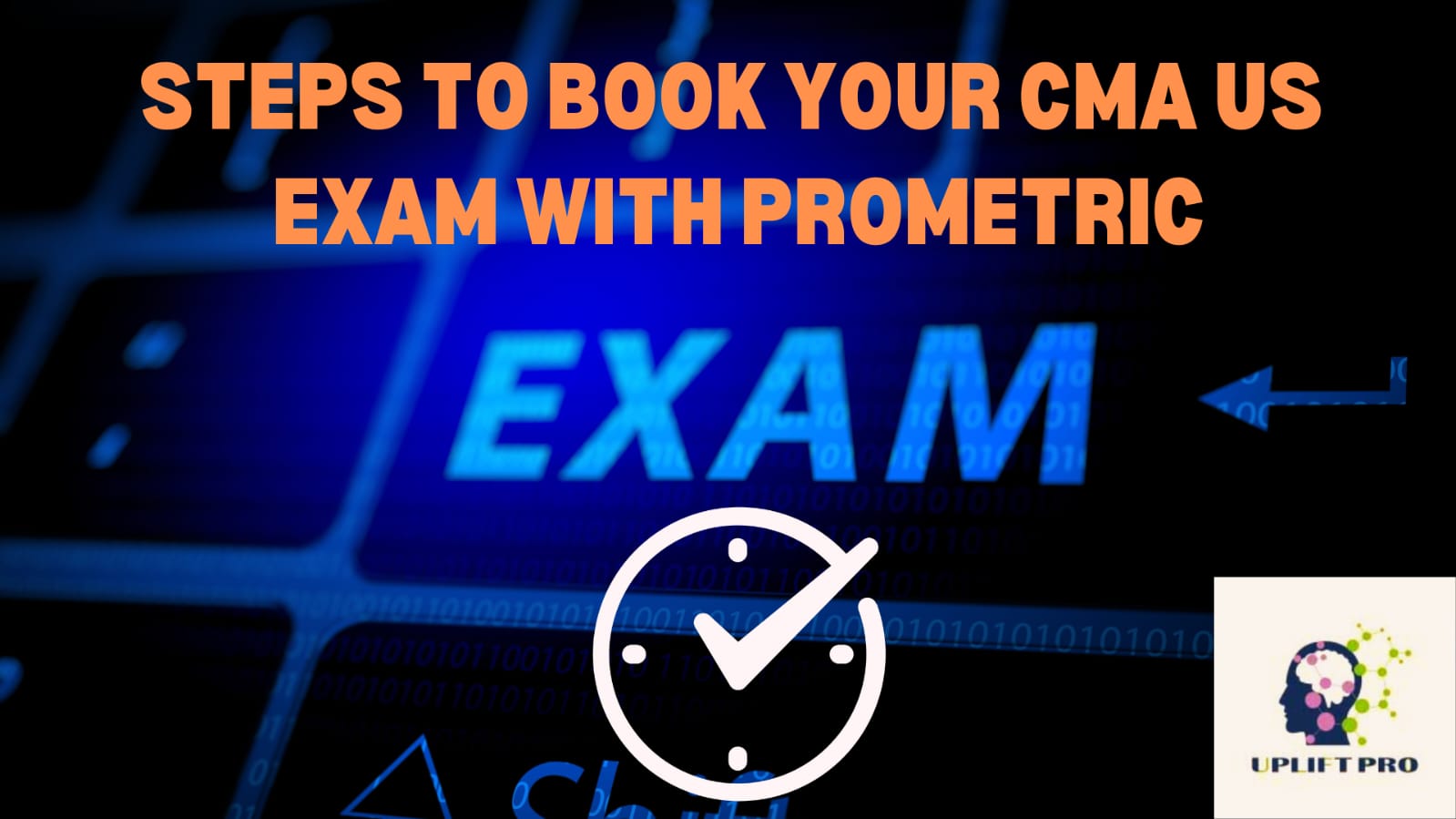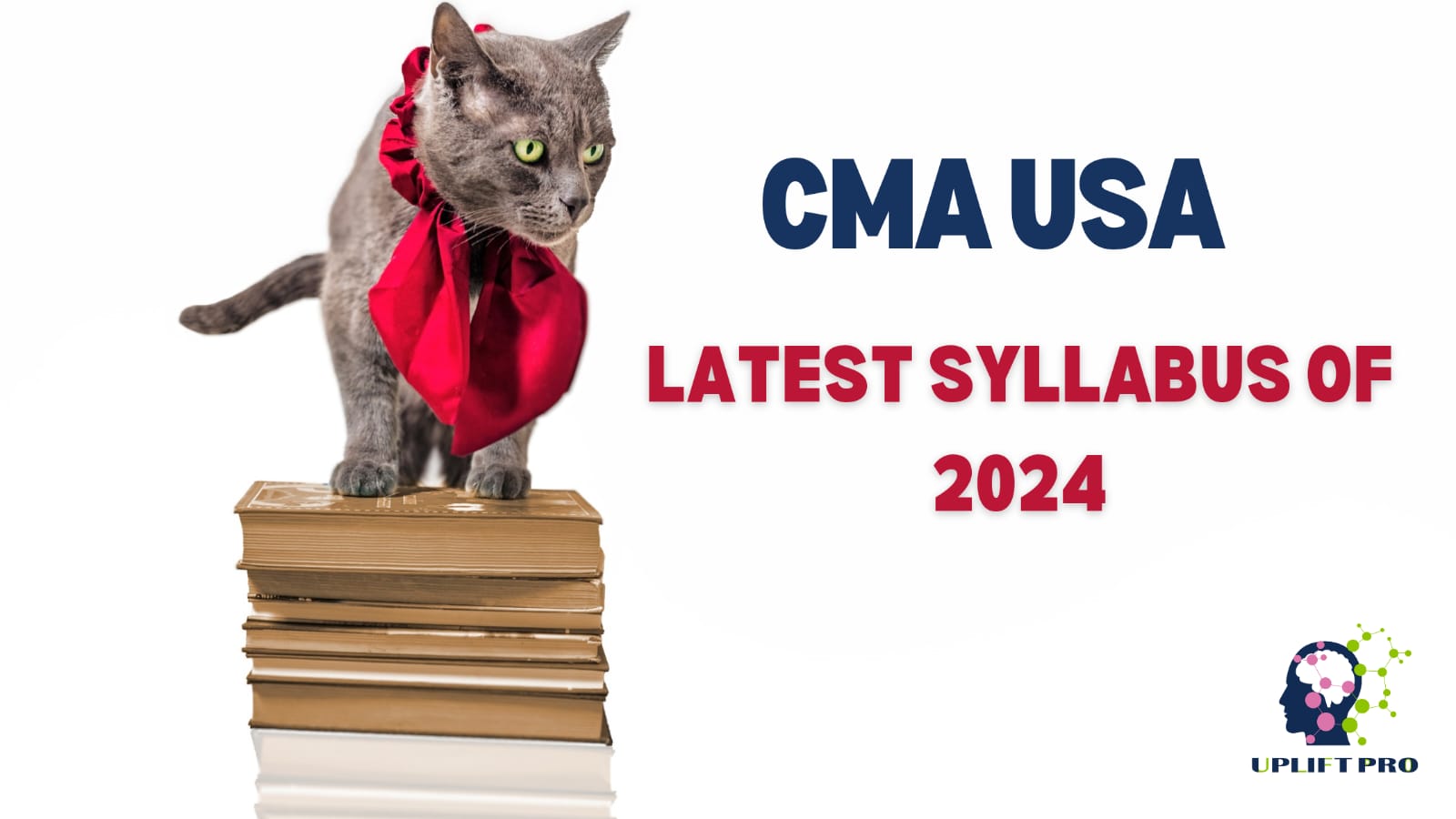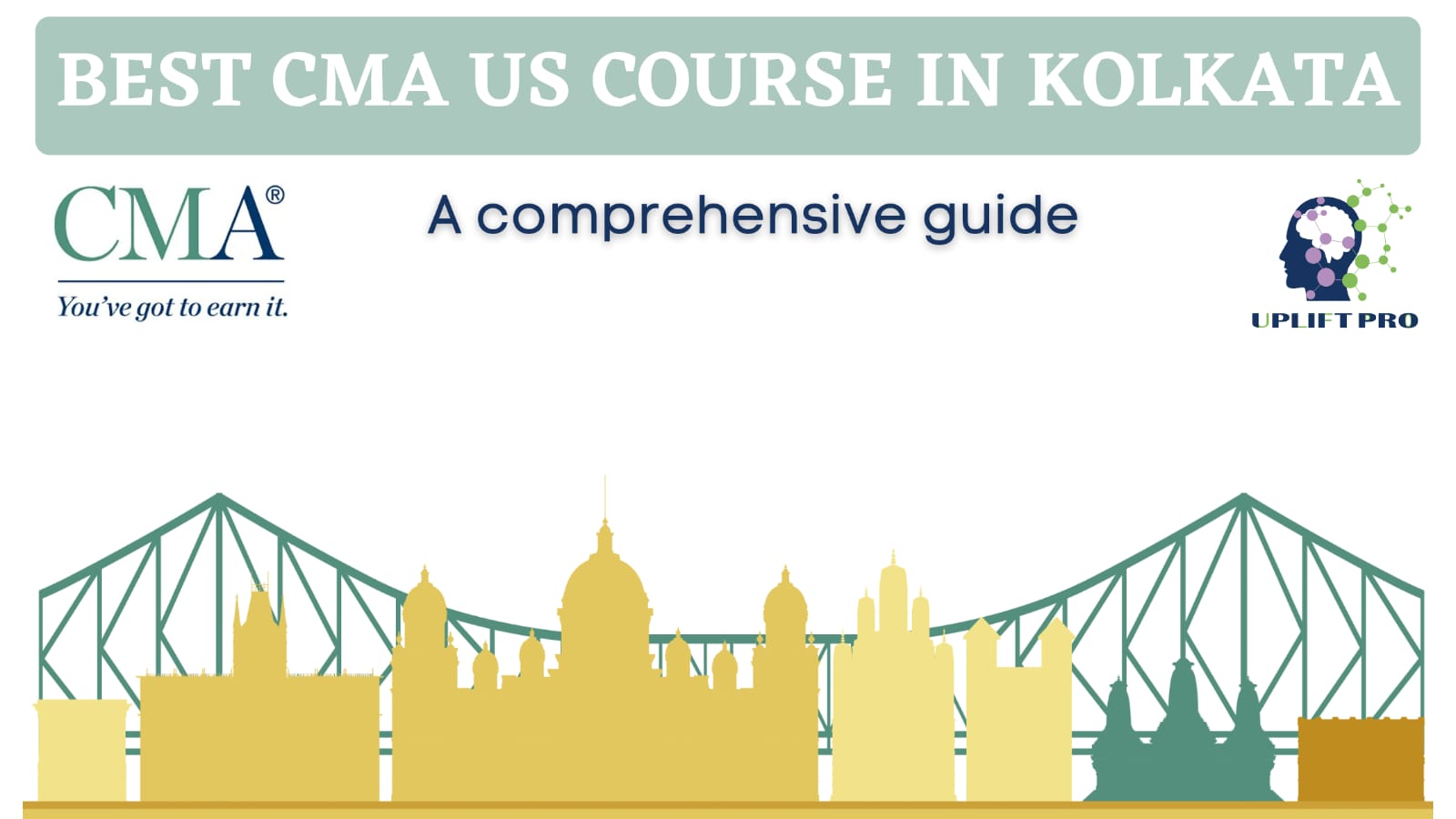Writing your CMA US Exams? Check these last minute HACKS!
CMA US exam crunch time? No sweat, you’re about to become a last-minute study ninja! 😎 Here are some last-minute study hacks to turbocharge your prep and strut into that exam room (or Zoom) like a finance superhero! 🚀 Let’s cram smart, not hard! Prioritize High-Weight Topics—Be a Content VIP! 🎯 The CMA US exam […]



